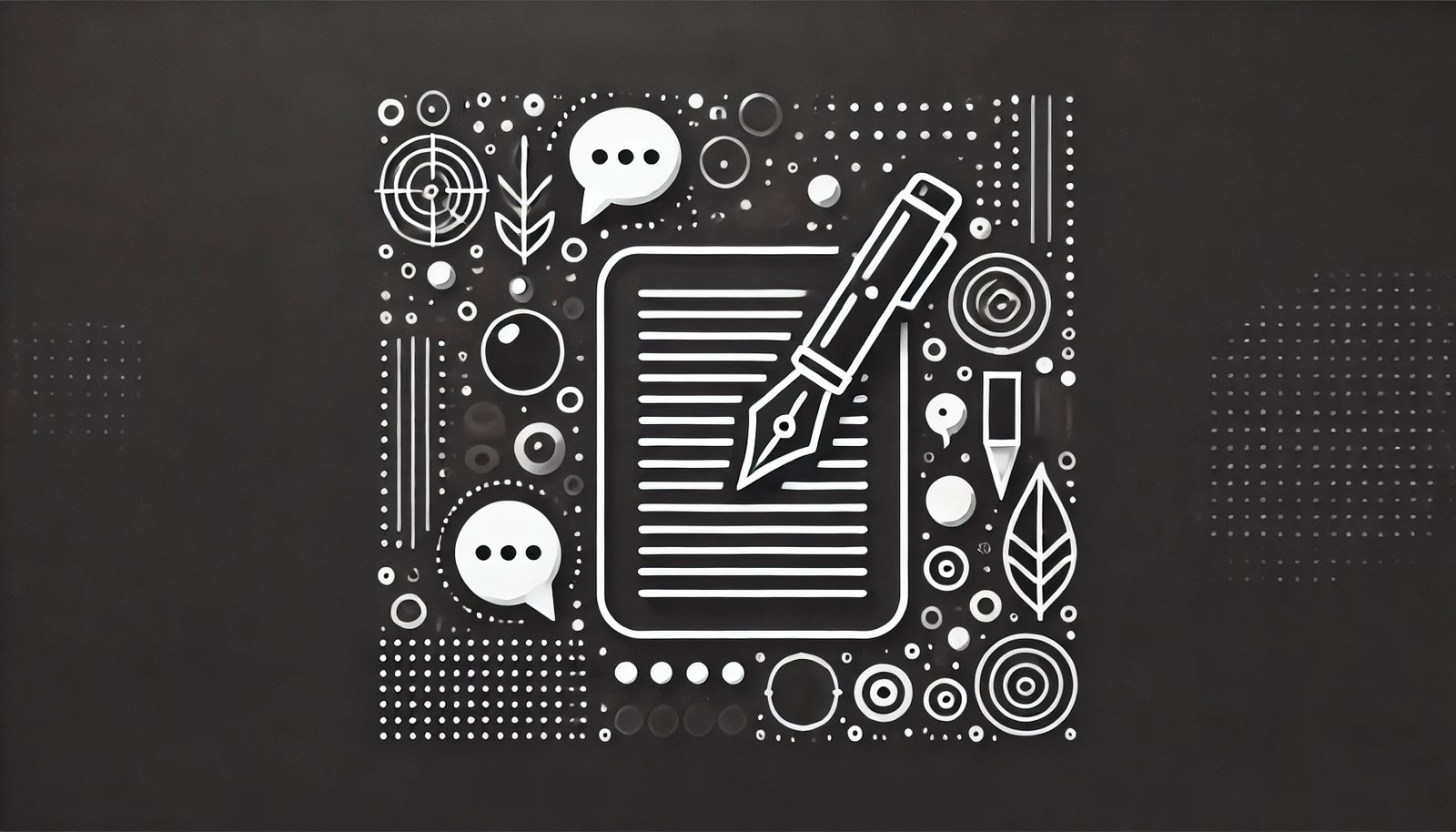In a world flooded with generic advertisements and templated messages, personalization has become the secret weapon for businesses looking to truly connect with their audience. But here’s the twist: personalization doesn’t have to mean stiff, formal, or overly serious. In fact, playful and human-centered copywriting can make your marketing feel more authentic and engaging than ever before.
Why Personalization Matters
Imagine receiving two emails. The first one starts with:
“Dear Customer, we hope this message finds you well…”
Yawn. Generic, forgettable, and lifeless.
Now, imagine opening one that says:
“Hey Sarah, are you ready to ditch boring emails forever? We’ve got something fun for you.”
Suddenly, the tone changes. It feels like the sender knows you, understands you, and—most importantly—cares about making you smile. That’s the magic of personalization. By tailoring your message to the individual, you’re no longer just “marketing”—you’re having a conversation.
The Role of Playful Copywriting
Playfulness doesn’t mean being silly or unprofessional. It’s about injecting personality into your words, making your brand relatable and memorable. Here’s how playful copywriting supports personalization:
- Builds a Human Connection: People like doing business with people, not faceless corporations. Playful language shows there’s a real person behind the brand.
- Stands Out in the Noise: Most brands play it safe, sticking to the same dry formulas. A playful tone cuts through the noise and grabs attention.
- Encourages Engagement: Fun, conversational copy invites interaction. It’s not just selling; it’s starting a dialogue.
How to Add Playfulness to Your Copy
Here are some simple tips to add a spark of creativity to your copy:
- Use Everyday Language: Write like you’re talking to a friend, not a boardroom. Instead of “Our product optimizes efficiency,” try “Let’s make your life easier—fast.”
- Embrace Humor (But Know Your Limits): A light joke or pun can go a long way, but make sure it aligns with your brand’s tone. Keep it inclusive and friendly.
- Be Visual with Words: Use metaphors, analogies, or quirky examples to paint a picture. For example: “Our SEO services work like caffeine for your website—it wakes it up and keeps it running!”
- Add Unexpected Twists: Surprise your readers with an unexpected phrase or playful CTA. Example: Instead of “Subscribe Now,” try “Join the Cool Kids Club.”
Real-Life Example: Spotify
Spotify is a master of playful personalization. Their Wrapped campaigns speak directly to users, using humor and data-driven insights to celebrate their listening habits. Who wouldn’t smile at a message like:
“You spent 3,562 minutes listening to Taylor Swift this year. Are you OK?”
Why It Works for Your Business
When you combine personalization with a playful tone, your audience feels seen and valued. This approach not only boosts engagement but also builds loyalty—because let’s face it, everyone wants to feel like the star of the show.
So, the next time you sit down to write an email, social post, or website copy, ask yourself:
“How can I make this fun, human, and tailored to my audience?”
The results might just surprise you—and your customers will thank you for it.

